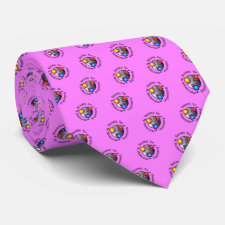
Authors: Chen YW, Rick J, Chou TC
Article Title: A systematic approach to forming micro-contact imprints of creatine kinase.
Publication date: 2009
Journal: Organic & Biomolecular Chemistry
Volume: 7
Issue: (3)
Page numbers: 488-494.
DOI: 10.1039/b813361a
Abstract: A systematic approach has been used to form molecular imprints of creatine kinase (CK) using micro-contact imprinting. Using thermocalorimetry data, we selected poly(ethylene glycol) 400 dimethacrylate (PEG400DMA) as our crosslinker, on the basis that it would be expected to have minimal specific recognition when incorporated into the imprinted polymer. The functional monomer used, methacrylic acid (MAA), was chosen from a panel of six candidates on the basis of it giving the highest differential affinity with respect to a non-imprinted polymer. A polymer formed with 5% MAA and 95% PEG400DMA showed excellent imprint recognition, with CK binding to the imprinted material being 2.05 ± 0.07 × 10-10 mol cm-2 compared to 9.1 ± 4.5 × 10-12 mol cm-2 control binding. The imprinted polymers (approximate thickness 22.6 m as measured by Alpha-step) showed clear two-phase binding with maximum absorption achieved after approximately 2 hours. Data extracted from Scatchard plots showed the Kd for the high affinity binding site population to be 2.56 × 10-10 M and the binding site population to be 1.97 × 10-10 mol cm-2, corresponding data for low affinity binding sites shows the Kd = 3.27 × 10-9 M and the binding site population to be 2.32 × 10-10 mol cm-2. Re-binding the molecularly imprinted polymers (MIPs) with non-template proteins, namely myoglobin, human serum albumin (HSA) and immunoglobulin G (Ig G), showed these proteins to have comparatively little affinity for the CK imprinted films. The percentage re-binding figures, relative to CK binding, were: 18.7, 3.5, and 3.5 for myoglobin, HSA, and Ig G respectively. This pattern of binding was maintained in competitive binding protocols with two proteins in solution at equal concentrations, where the percentage re-binding figures, relative to CK binding (4.5 ± 0.06 × 10-10 mol cm-2), were 17.2, 4.5, and 2.9 for myoglobin, HSA, and Ig G respectively. The presence of multiple competing analytes in undiluted human serum did not significantly decrease template protein recognition. Finally, we used circular dichroism to monitor protein denaturation, and showed that the denatured template protein loses a significant proportion (76.8%) of its MIP affinity after being heated at 80 °C for 10 minutes.
Template and target information: Protein, enzyme, creatine kinase, CK



Join the Society for Molecular Imprinting

New items RSS feed
Sign-up for e-mail updates:
Choose between receiving an occasional newsletter or more frequent e-mail alerts.
Click here to go to the sign-up page.
Is your name elemental or peptidic? Enter your name and find out by clicking either of the buttons below!
Other products you may like:
 MIPdatabase
MIPdatabase









